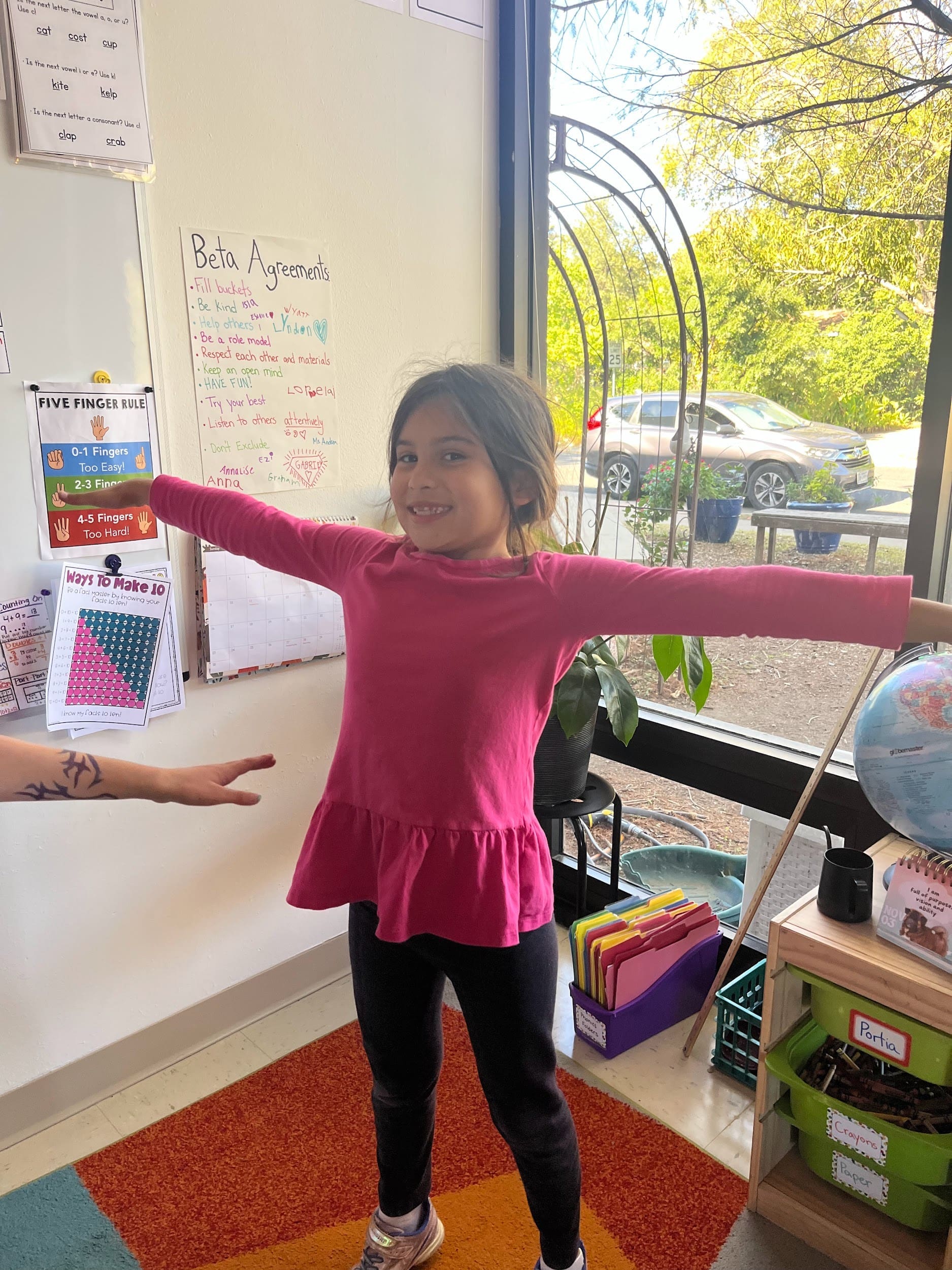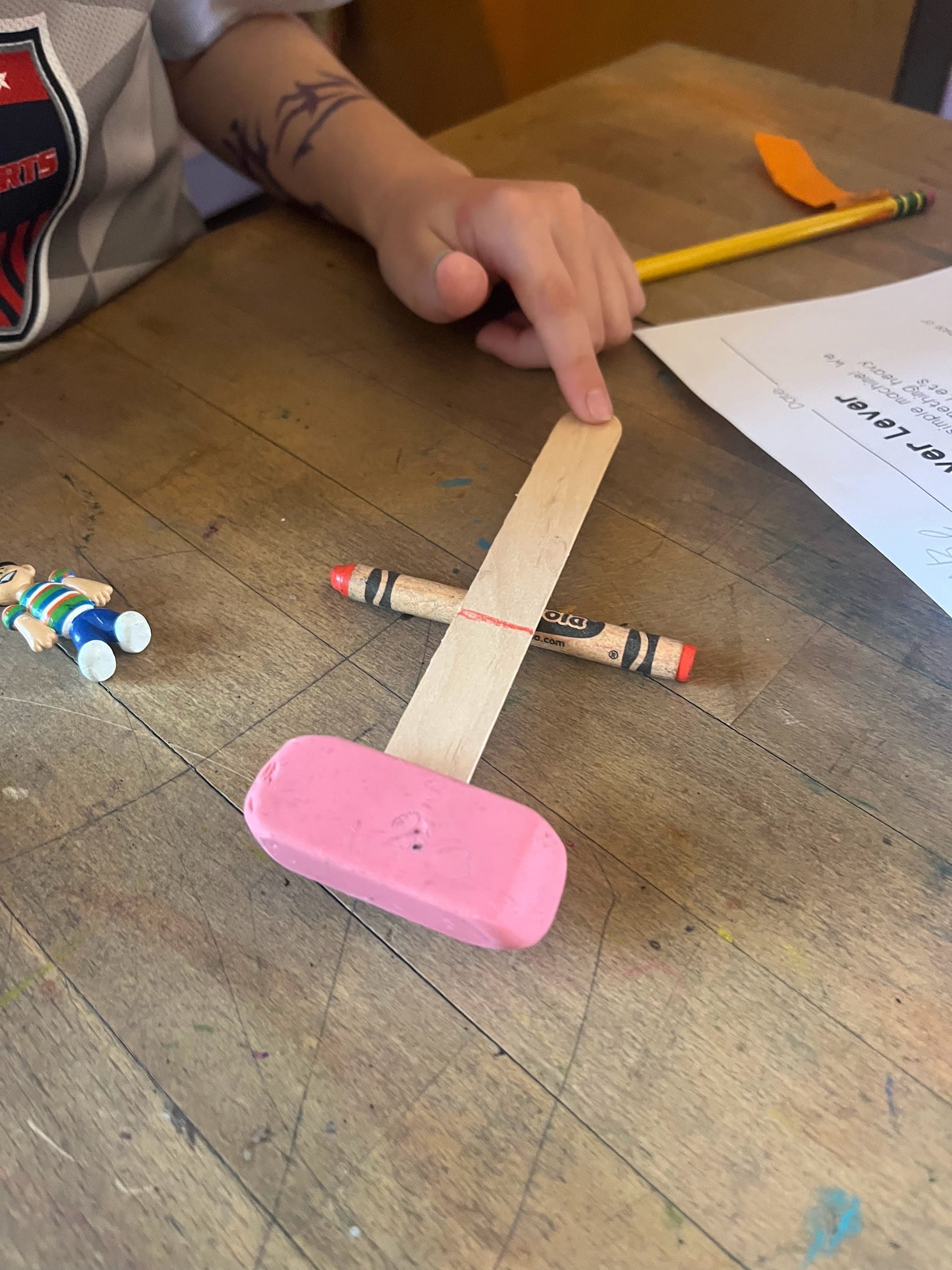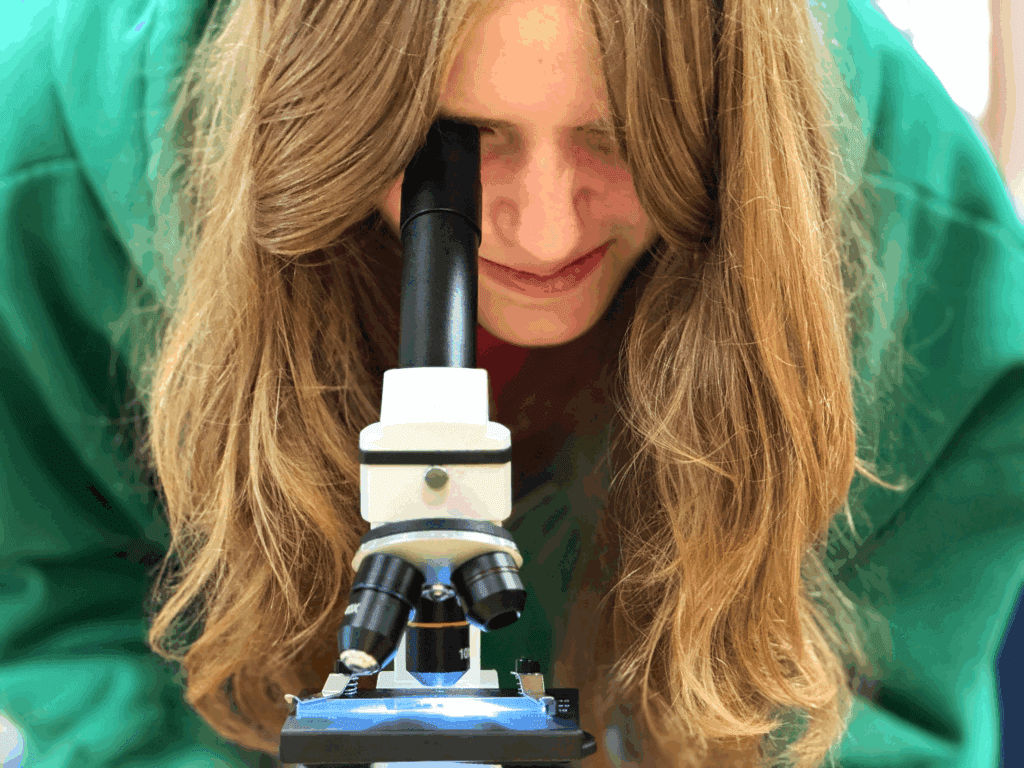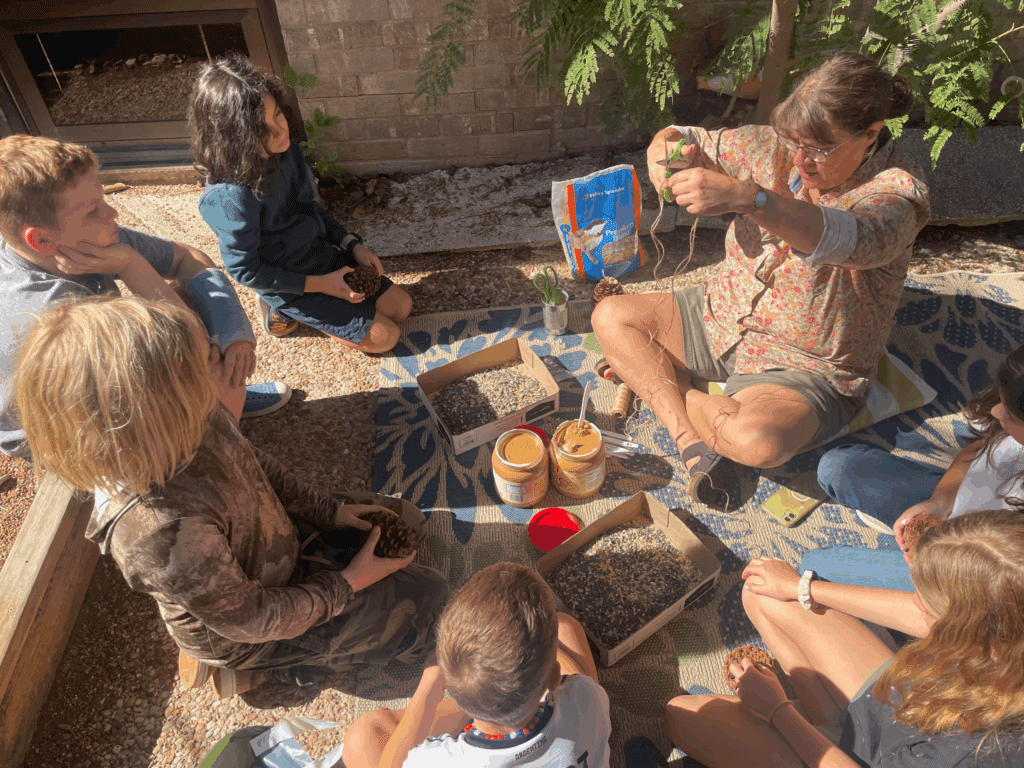This week in Math we learned many strategies for solving subtraction problems! Several carry over from our repertoire of addition strategies – such as fact families. We learned how to turn missing addend problems into subtraction problems and use tools like numberlines to help us find the difference between numbers.
In phonics this week we learned exceptions to the closed syllable/short vowel rule. Specifically, we learned about word chunks: old, ost, olt, ild and ind. Let me tell you, these kids hit their Thursday dictation out of the park!! I am so proud of them. Our sight words were: both, almost, kind, most and old.
This week in writing we did a smorgasbord of language activities! From a listening center, to reviewing the difference between common & proper nouns, to playing with words while completing a word ladder-style puzzle! We also discussed the difference between fact and opinion, searched through nonfiction books to find text features, and brainstormed questions we’ll answer next week when we begin writing our biographies about inventors!
This week we explored all 6 simple machines! First – the lever! Levers are a type of simple machine that make work easier. Levers consist of three parts or actions working together: the fulcrum, or where the lever pivots; the load, or the work needed to be done; and the effort, or the force used to do the work. We worked in small groups investigating what happens when you move the fulcrum closer or farther away from the load.
Tuesday brought us to our second simple machine- the wheel and axle! It uses a wheel with a rod attached in the middle as an axle to help it to lift or move loads. In some cases this machine works like a lever to multiply force (like with a doorknob or a fishing reel). In other cases it is used to move objects easier such as with wheels on a bicycle. We made button cars using a clothespin, and a straw with a string or twist tie as an axel.
On Wednesday we learned about the wedge and the screw! Wedges are made of two inclined planes and are used to lift something up or split something. Scissors, knives, even our teeth are wedges! A screw is a special kind of inclined plane. It’s basically an inclined plane wrapped around a pole. Screws can be used to lift things or to hold them together. Da Vinci was a big proponent of the many possibilities offered by the screw shape, and he used the shape for many inventions and designs. The “Helical Air Screw” or simply the “airscrew”, was designed to compress air to obtain flight – similar to today’s helicopters. We created a paper helicopter, watched it gently spin to the ground, and had a discussion about what is causing it to spin and why the propellers help it slowly reach the ground.
Our second to last simple machine was a basic pulley. It consists of a wheel on a fixed axle, with a groove along the edges to guide a rope or cable. Effort = the amount of force required to lift or move this object. When you put two or more wheels together, and run a rope around them, you have created a great lifting machine. We took some basic parts (a bobbin, a carabiner, some yarn and a small bucket) and created our own pulley system!
The LAST simple machine was an inclined plane. It’s a simple machine with no moving parts. It is simply an even-sloping surface. It makes it easier for us to move objects to higher or lower surfaces than if we lifted the objects directly upwards. We found that the slope of the ramp greatly affected the amount of force required to lift the object.
We even had time for a little marble run fun!
 | 
| 
|
|---|---|---|

| 
| 
|
 | 
| 
|

| 
| 
|
| | 
|





